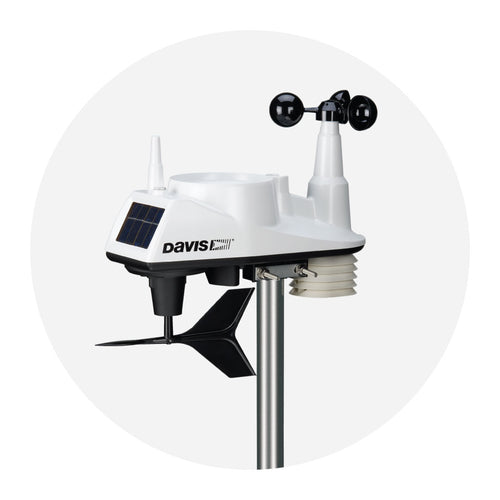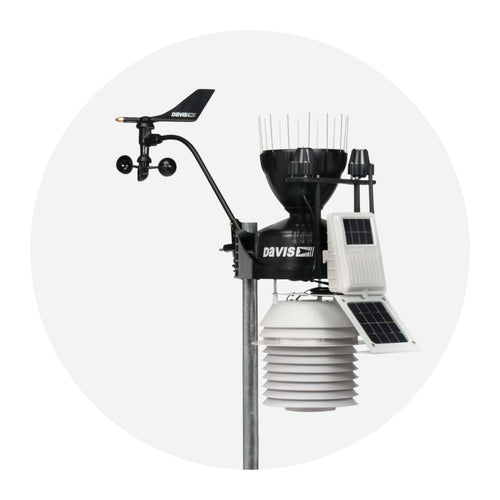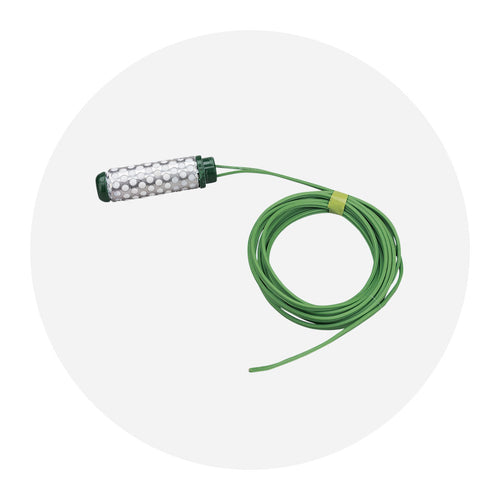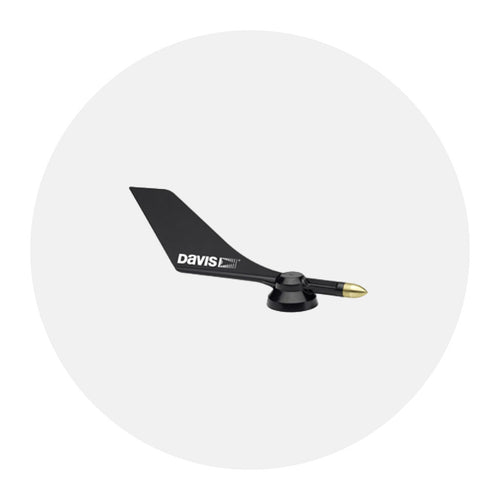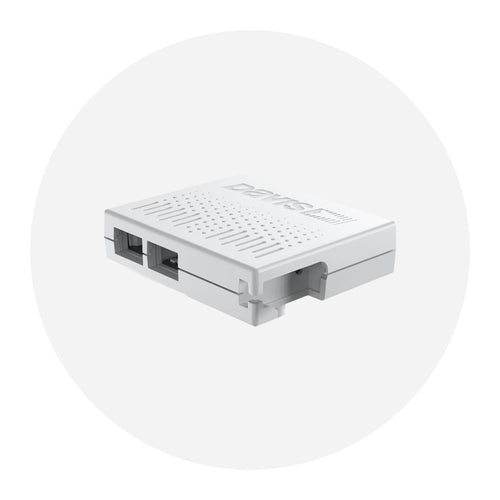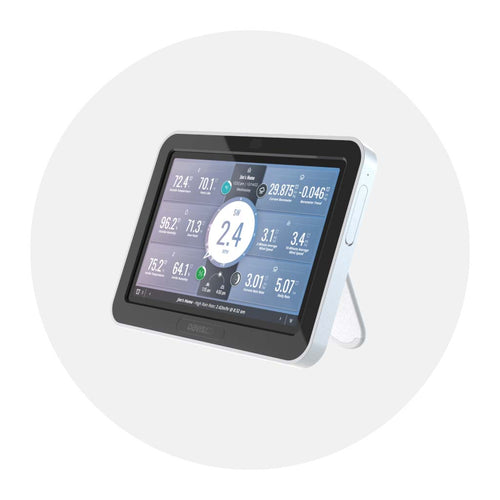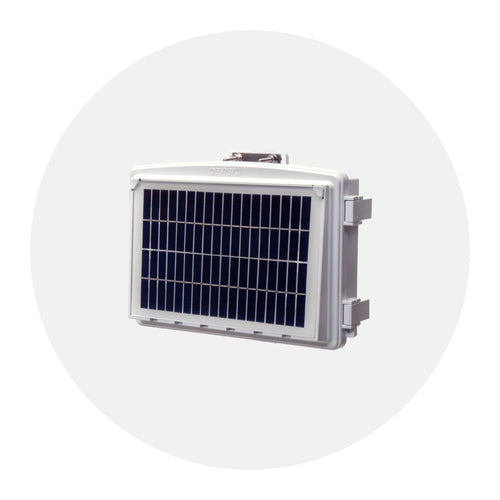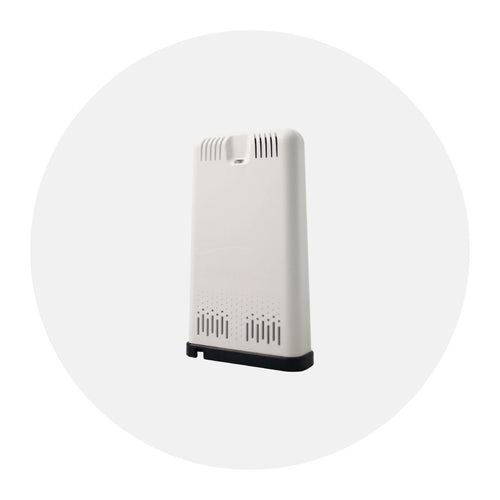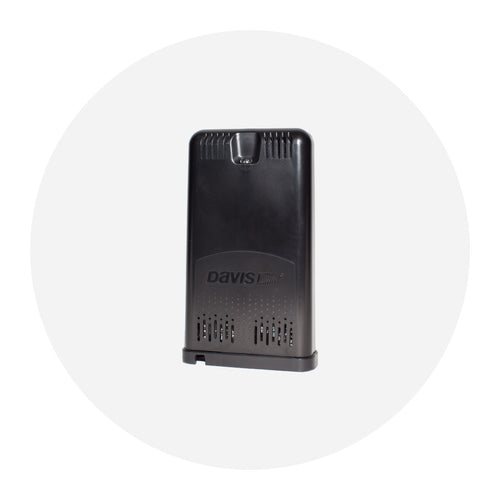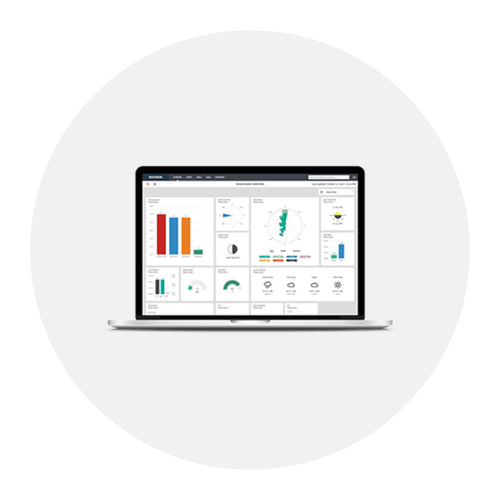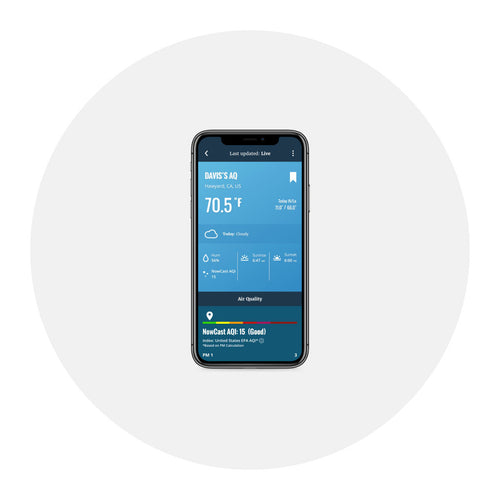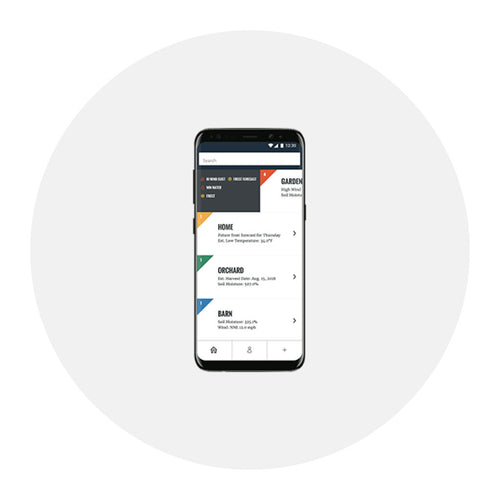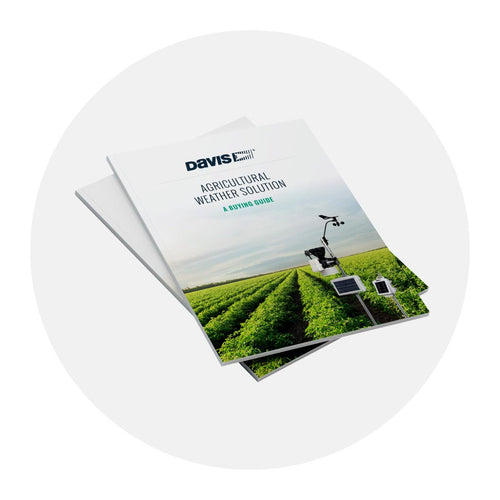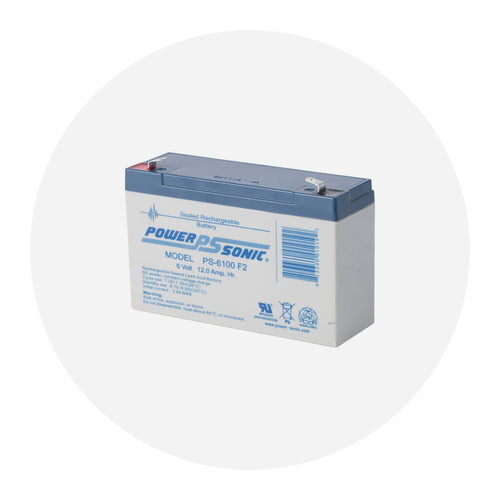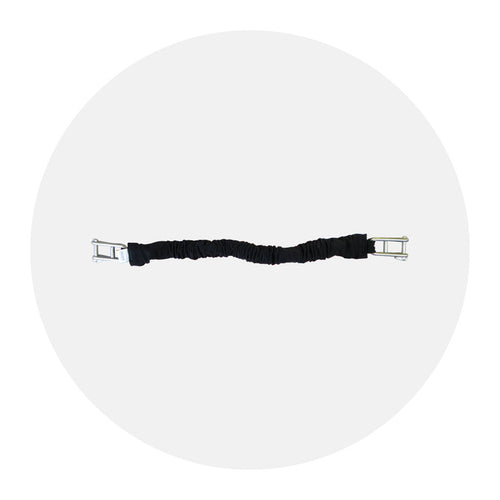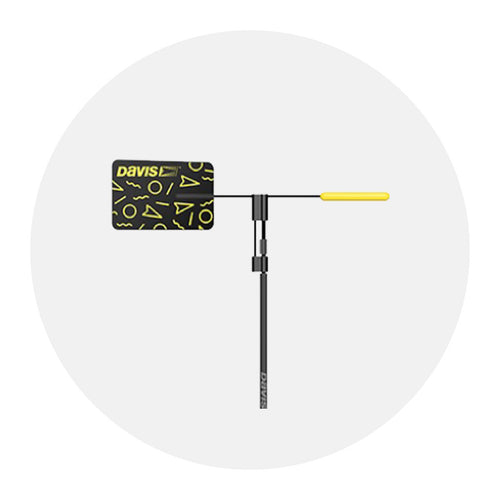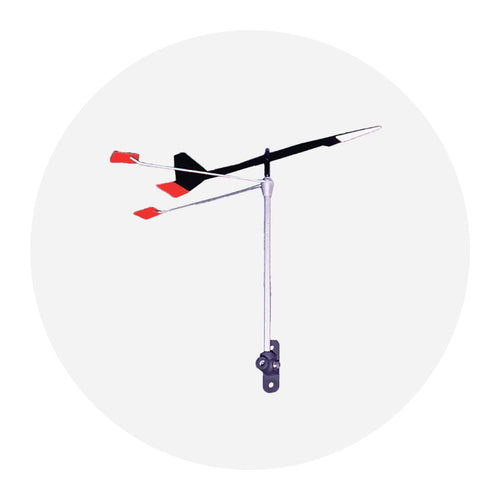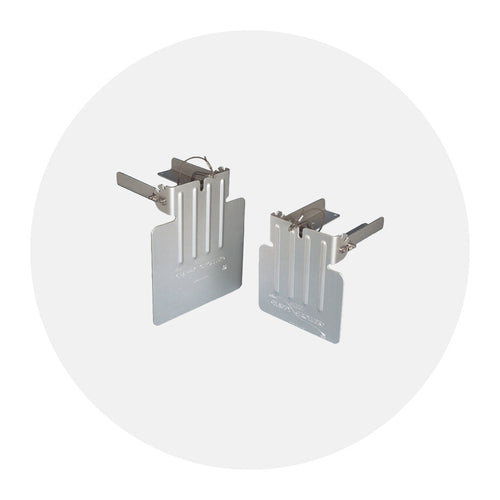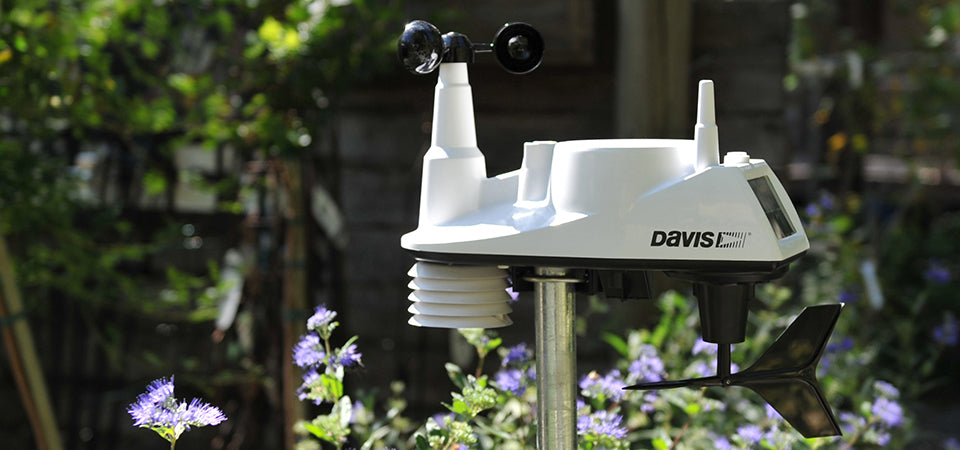
How to Protect Your Garden from Severe Weather with Custom Alarms
We all know Mother Nature rules when it comes to a flourishing garden. She can decide to dump rain just after you water or freeze all your squash blossoms in one night. She can blow your hanging pots right off the veranda. She can turn your little greenhouse into a plant-killing steam room with just a little boost in relative humidity.
What’s a green-thumber to do? Well, you could rely on local TV forecasts based on approximations or guesswork from almanacs, but neither of those approaches is tailored to the specific needs of your garden. The answer is to get scientific with a weather station that provides real-time data about conditions on your property and has alarms to tell you when it’s time to intervene for the sake of your plants.
How Weather Stations along with Alarms Save Plants & Vegetables
 By placing a weather station in (or near) your garden, you take all the guesswork out of monitoring conditions for your plants, vegetables, and flowers. That device will show you the exact temperature, humidity, dew point, barometric pressure, and wind speed that your garden is experiencing.
By placing a weather station in (or near) your garden, you take all the guesswork out of monitoring conditions for your plants, vegetables, and flowers. That device will show you the exact temperature, humidity, dew point, barometric pressure, and wind speed that your garden is experiencing.
Leveraging alarms can alert you when any preprogrammed thresholds for the values they measure are achieved. For example, you could set an alarm to alert you via text message when your garden hits 95 degrees. Those alarms empower gardeners to take protective action to foil the forces of weather that previously fouled the fruits of their labors.
Here are some examples of exactly how utilizing alarms from your weather stations can save plants:
Scenario 1: Preventing Frost Damage
Martha has a weather station next to her prized vegetable garden. She has programmed the station to alert her anytime the temperature drops below 40 degrees. Early one morning, the alarm trips, sending Martha a notification that the temperature is 39 degrees. She quickly goes outside and covers the vegetables in the garden, preventing the frost from affecting them.
Scenario 2: Fighting Mildew in a Greenhouse
Peter lives in an area where the heat and humidity fluctuate daily, and the tomatoes in his greenhouse keep winding up with mildew on them. He purchases a weather station and places it near the greenhouse with a temp/hum sensor (attached to a sensor transmitter) to give him the conditions in the greenhouse, and sets a dewpoint alarm so he knows when conditions are right for standing water. Each time he receives a notice that standing water is forming in the greenhouse, he goes out to ventilate or drain condensation as needed, preventing any mildew.
Scenario 3: Protecting Hanging Plants & Vegetables from Wind
Lisa has a beautiful display of potted and hanging plants outside her home, but when gusty winds come through, they often end up damaged on the ground. Lisa installs a weather station near the plants and sets an alarm around wind speed so that she will know any time the wind is greater than 25 miles per hour. Now, when strong winds develop, Lisa receives a text message reminding her to bring exposed plants onto the porch, preventing damage.
The Davis Advantage
At Davis Instruments, we’ve spent more than 30 years perfecting the Vantage Vue and Vantage Pro2, our robust weather stations, which pack an industry-leading level of configuration and alarm settings. Each Davis weather station can be used with a console and/or push data to the Cloud with WeatherLink Live to leverage our feature-rich website, WeatherLink.com, and the WeatherLink app. Both the Vantage Vue and Vantage Pro 2 have the ability to warn you in advance of approaching high winds or low temps. Most importantly, you can get warnings about conditions specific to your garden, right now.
How to Program Alarms on your Davis Weather Station

On your Davis console, simply press the ALARM button to enter the HIGH ALARMS mode (press HI/LOW button to toggle into LOW ALARMS mode), then use the < and > keys to select the parameter you want to watch. Press 2nd then SET keys to set the alarm threshold. Use the + and – keys to change the number and < and > keys to select the next digit. When done simply press the DONE button to save the setting and DONE again to exit ALARM mode.
What happens when the threshold is met? Your console will sound an alarm, and you will leap into action to prevent damage to your prized roses and cucumbers.
But what if you are not sitting near your console? That’s where WeatherLink.com comes to the rescue! If you're pushing data to WeatherLink.com, can also set a notification and have WeatherLink send you a text message or email based on your console alarms. Just log on and click on the “wrench” icon under your account image on the right sidebar, choose notifications and pick Daily Summary, Email Notification or Text/SMS Notifications. If you are a Vantage Connect or EnviroMonitor owner and have WeatherLink Live, you can set the alarms directly on the web.
Learn More About Davis Weather Stations
If you’re a gardener looking to take things to the next level or a weather enthusiast hoping to build a foundation of hyperlocal weather data, Davis Instruments is here to support you! If you have any questions about configuring a station to the needs of your garden, be sure to contact us!
In the face of escalating environmental risks, AEM is the essential source for insights on weather, climate, lightning, floods, wildfires, water management, and more.
Learn more about AEM and all of our solutions here.


